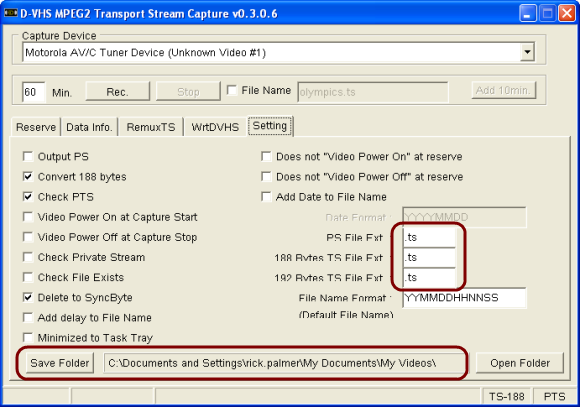Comcast Internet Drivers Windows Xp
I recently replaced an old Gateway computer with a newer, more capable Dell Dimension computer at a family members house hoping they would have a much better performance than the Gateway. The Gateway was unbearably slow and internet speed was awful. They are both running XP. Now this Dell seemed to work just fine at my house hooked to my DSL service from Fairpoint Communications. Programs worked fine and was able to view YouTube and stream shows. It was running good!
When I first hooked up the Dell to their Comcast 'Hi speed' internet (which they also have their phone and cable service) the programs were working like normal. I still was not able to view youtubes without the jerking just like the old Gateway. After a week though now the whole computer is behaving slowly just like the old incapable Gateway.
My question is does this have to do with the Comcast internet doing something to the whole computer? Do I need to call them? I have not been able to troubleshoot much due to the fact I have limited access and time to do this plus it is taking so long to do anything on the computer.
- DELL OEM Windows XP SP3 Eng Reinstall CD. Skip to main content. Search the history of over 376 billion web pages on the Internet. Search Search the Wayback Machine. Featured texts All Texts latest This Just In Smithsonian Libraries FEDLINK (US) Genealogy Lincoln Collection.
- Windows 7 Forums is the largest help and support community, providing friendly help and advice for Microsoft Windows 7 Computers such as Dell, HP, Acer, Asus or a custom build. I appreciate any help. I am trying to install my comcast high speed internet (through ethernet using a cable modem) on a computer I just bought from someone who has.

Windows Xp Internet Explorer
I hope I explained the problem so it it understandable but I will answer any questions or restate the issues if need be.
Windows Xp Network Drivers
Thanks for any ideas on this problem.
Comcast modem drivers - driver scan driver-category list. In lieu of aiming to obtain every single substandard driver by hand. You could contemplate employing a driver scanner to make it happen quickly, most definitely if you are upgrading to a superior, more upgraded windows variant.
When running Windows XP on a networked machine, you need to configure your network connection. The following steps show how to configure your network connection on a Windows XP system:
Choose Start→Control Panel to open the Control Panel.
Double-click the Network Connections icon.
The Network Connections folder appears.
Right-click the connection that you want to configure and then choose Properties from the contextual menu that appears.
Fundamentals of ecology by odum pdf to excel. Either way, the Properties dialog box for the network connection appears.
To configure the network adapter settings, click Configure.
This action summons the Properties dialog box for the network adapter. This dialog box has five tabs that let you configure the NIC:
General: This tab shows basic information about the NIC, such as the device type and status. For example, the device shown is an Intel Pro 100 network interface.
Advanced: From this tab, you can set a variety of device-specific parameters that affect the operation of the NIC. In most cases, you should leave the options on this tab alone.
Driver: This tab displays information about the device driver that’s bound to the NIC and lets you update the driver to a newer version, roll back the driver to a previously working version, or uninstall the driver.
Resources: From this tab, you can use manual settings to limit the system resources used by the card. In most cases, you can leave the settings on this tab alone.
In the old days, before Plug and Play cards, you had to configure these settings whenever you installed a card, and it was easy to create resource conflicts. Windows configures these settings automatically so that you should rarely need to fiddle with them.
Power Management: From this tab, you set power-management options. You can specify that the network card be shut down whenever the computer goes into sleep mode and that the computer wake up periodically to refresh its network state.
When you click OK to dismiss the network adapter’s Properties dialog box, the network connection’s Properties dialog box closes. Select the Change Settings of This Connection option again to continue the procedure.
Click Internet Protocol (TCP/IP) and then click Properties to display the TCP/IP Properties dialog box. Adjust the settings and then click OK.
The TCP/IP Properties dialog box lets you choose among these options:
Obtain an IP Address Automatically: Choose this option if your network has a DHCP server that assigns IP addresses automatically. Choosing this option dramatically simplifies administering TCP/IP on your network.
Use the Following IP Address: If your computer must have a specific IP address, choose this option and then type the computer’s IP address, subnet mask, and default gateway address.
Obtain DNS Server Address Automatically: The DHCP server can also provide the address of the Domain Name System (DNS) server that the computer should use. Choose this option if your network has a DHCP server.
Use the Following DNS Server Addresses: Choose this option if a DNS server isn’t available. Then type the IP addresses of the primary and secondary DNS servers.